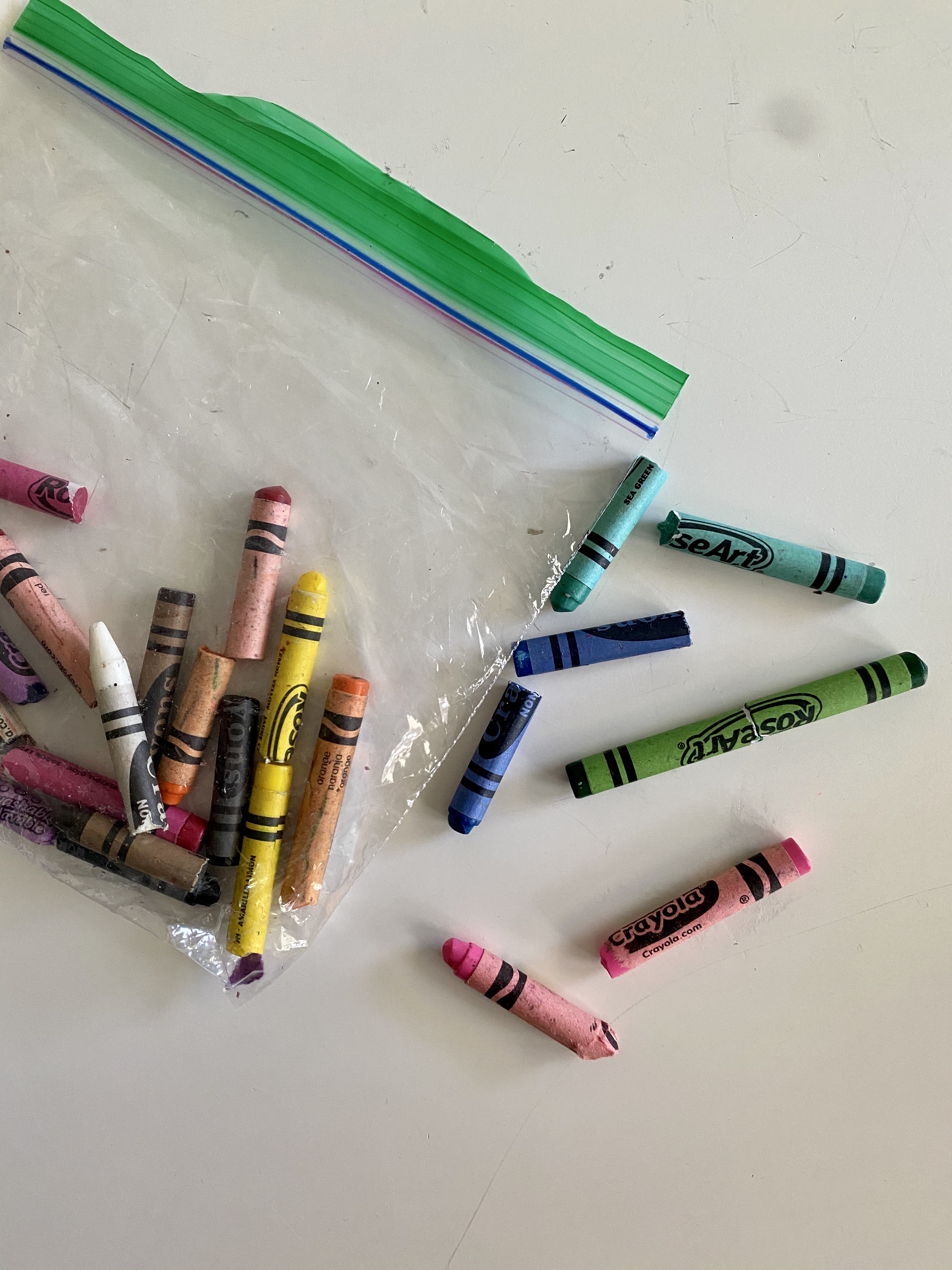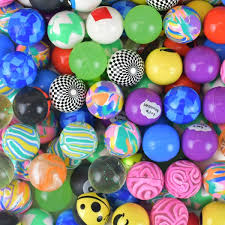
Students of any age or level are magnetically drawn to form cliques; it just happens. We naturally click with people who share our spirit, our ideas, or feel the chemistry we make when we are together.
In one course this semester, some students connected over the content they would teach, some by gender expression, others because they preferred the back of the room. One group came together because they were leftovers from the other groups.
Because I teach future teachers, I model the process of creating pairs and groups in my class. I push around a loaded cart with resources: an iPad with randomizing apps, playing cards, famous couples in history, opposites, numbering systems.
Early in the semester, in a rush from a meeting across campus, I left the cart in my office. I walked into class and noticed the groups grouping, the ones left out loitering, the chatties chatting, and the Corner Boys huddled.
I didn’t have my stash of supplies to quickly distribute the energy. I noticed a plastic box of well-worn crayons tucked in a corner from the previous semester. I pulled a handful of crayons from the box and broke them in half. “You’re damaging school supplies,” my students teased, “Is that a class rule?” I dropped the broken crayons into a student’s cupped palms and asked him to distribute them around the room.

“Find your other half,” I said, “and take all of your stuff with you.”
During the next 90 minutes, we paired and grouped by color, complimentary colors, shades of color. I told them that yellow + blue = green and instructed them to find a color grouping of three.
I forgot about it after class, but reading course reflections this week, I realized that the broken crayons left an impression. One student remembered it because they all poked a bit of good fun at me. One named it as a “strategy” to use when pairing students. Another recalled the crayons as an example of flexibility and resourcefulness.
When I was a kid, I loved a box of brand new crayons.
The waxy smell, the rough paper not yet smoothed by fingers and wear.
The side tip at the squared off edge I could still write with before it was worn down (that sharpener on the back of the box never really worked).
But pretty soon, as I was coloring, that fresh tip couldn’t shade the mountainside where the sun cast a shadow, and without peeling down the paper, it would take forever to color in the sky.
I broke chunks off my crayons and held orange bits between my fingers to swirl a circle sun.
Bits could do more for me than that whole, fancy crayon.
In the classroom, a crayon broken in half serves more students–you know there’s never enough black to go around! Students can sift around a bin of broken crayons without worry, focusing on their work, not on finding resources, and no one worries about breaking the first crayon if they are already split in half.
Teachers don’t always need the perfect supplies. It’s nice to be organized, but be willing to break some crayons when things don’t move forward like you planned.
Stay curious. Dance with clever.
Find grace in diversions from the plan.
Don’t let trying to do what you think is right get in the way of the right choice in the right moment.
It doesn’t matter if you forget the cart.
Fill your teaching with bits of color.


